The Eisenhower Presidential Library in Abilene, Kansas and the Truman Presidential Library in Independence, Missouri are only 165 miles apart. The stretch of Interstate 70 connecting them is designated the Eisenhower-Truman Presidential Highway. In addition to geography, these two great men have a surprising number of things in common.
They were the last two Presidents born in the 19th century – Truman in 1884, Ike in 1890. They were born into and raised in modest means. Truman’s parents were farmers in western Missouri; Ike’s father was a failed shopkeeper who then worked in a creamery in Abilene.
Both were Army men, and both barely made it into the military. Truman was denied entry to West Point because of poor eyesight. He then enlisted in the Army and passed the eye test on his second try by memorizing the eye chart. Eisenhower won an appointment to Annapolis, but was refused admission because he was too old (20); he then was wait-listed for West Point and got in only when the man ahead of him failed his physical.
Both served in World War I, but, ironically, it was Truman, not Eisenhower, who saw combat in France. Truman was an artillery officer. Eisenhower, upon graduating from West Point in 1916, received administrative and training assignments despite his efforts to get combat duty. Truman even out-ranked Eisenhower during the 1930’s – Truman was a Colonel in the Army Reserves, Eisenhower was stuck as a Regular Army Major for 16 years. However, Ike became a Colonel in 1941 and rose to the rank of five-star General by the end of 1944!
Like Eisenhower’s father, Truman was a failed businessman. His haberdashery in Kansas City tanked in 1921. He then became a politician for the rest of his life, starting in the Pendergast machine in 1922. He was elected to the U.S. Senate in 1934.
Eisenhower was a career soldier. His big break was being assigned to the General Staff in Washington when America entered World War II, where he attracted the attention of the great General George C. Marshall. In 1942, Ike was appointed Supreme Commander of the Allied Expeditionary Force in Europe, meaning he commanded not just all American troops in the war against Germany, but all allied forces, too. He got the job as much for his political skills (e.g., managing the massive egos of field commanders such as Montgomery and Patton) as for his tactical abilities.
Truman also attracted the attention of a great man during WWII – Franklin D. Roosevelt. He chaired a special Senate investigative committee on waste and corruption in the awarding of wartime government contracts. FDR ended up picking Truman as his running mate in 1944. When FDR died fewer than three months into his fourth term, on April 12, 1945, Truman became President of the United States – and Eisenhower’s Commander In Chief.
At that time, Eisenhower was far better known and more popular than Truman. Germany surrendered less than a month after Truman became President, which made Ike a national hero. General Eisenhower, not President Truman, was treated to a ticker-tape parade in New York when World War II ended.
From 1945 to 1948, Truman was regarded as a caretaker President. Issues ranging from international Soviet aggression to domestic labor strife made Truman unpopular. “To Err Is Truman” was a national punchline.
In 1948, Truman approached Eisenhower and offered to serve as Vice President if Ike would run for President as a Democrat. Eisenhower declined. In a political upset as shocking at the time as Trump beating Clinton was 68 years later, Truman defeated Thomas Dewey in the 1948 election. Had Dewey won, Eisenhower probably never would have run for President – he would have been 66 years old by the time Dewey had run twice. Truman’s victory set up Eisenhower to run for President in 1952 (as a Republican). Ike won and served two terms that were nearly as momentous as Truman’s. Think of everything that happened during those 16 years when they led the country – the end of World War II, the start of the nuclear age, the onset of the Cold War, the Marshall Plan to rebuild Europe, the creation of Israel, Korea, McCarthyism, the interstate highway system, the start of the modern civil rights movement, the space race and much more.
Speaking of Korea, that war drove a wedge between Truman and Eisenhower. On Inauguration Day, 1953, Eisenhower waited in the car instead of paying the obligatory courtesy call on the incumbent President at the White House (before the incoming and outgoing Presidents rode to the Capitol for the swearing-in ceremony) because he and Truman were so at odds over Korean policy.
Truman famously kept a sign on his Oval Office desk saying, “The Buck Stops Here.” Eisenhower had a equivalent sign (in Latin) on his desk saying, “Gently In Manner. Strong In Deed.” Neither adage is currently operative in the White House.
We drove to Kansas from Nebraska Monday, all on back roads. We didn’t see a single nationally-franchised business of any kind – even a gas station – during the 150-mile trip.
When we got to Abilene (a town of about 6,500), we were disappointed to discover that the museum portion of the Eisenhower Library is closed for renovations.  We still enjoyed touring the rest of the complex, including Ike’s boyhood home…
We still enjoyed touring the rest of the complex, including Ike’s boyhood home… his Library (which is temporarily set up to include a few artifacts from the Museum, but I couldn’t help but feel that what was being shown barely scratched the surface of the WWII goodies that will again be on display in 2019)…
his Library (which is temporarily set up to include a few artifacts from the Museum, but I couldn’t help but feel that what was being shown barely scratched the surface of the WWII goodies that will again be on display in 2019)…  and a magnificent statue of Ike, the base of which lists his five most significant positions, including being Supreme Allied Commander of NATO, one of the greatest international alliances in the history of the world (despite recent ignorant tweets to the contrary)…
and a magnificent statue of Ike, the base of which lists his five most significant positions, including being Supreme Allied Commander of NATO, one of the greatest international alliances in the history of the world (despite recent ignorant tweets to the contrary)…  plus we watched two thoughtful films of Ike’s life, highlighting his common decency and his skills in patience and diplomacy.
plus we watched two thoughtful films of Ike’s life, highlighting his common decency and his skills in patience and diplomacy.
On our trip Wednesday to Kansas City, we pulled off the Eisenhower-Truman Presidential Highway long enough to visit the Oz Museum in Wamego, KS… where Ginny photobombed the Tin Man with a heart!
where Ginny photobombed the Tin Man with a heart!
We spent Thursday morning at the Truman Library (in addition to all of the historical linkage between Eisenhower and Truman, they share the unfortunate fate of their libraries having been designed in the 50’s, the worst architectural period in the nation’s history)… and family home in Independence (a gritty old suburb a few miles east of Kansas City).
and family home in Independence (a gritty old suburb a few miles east of Kansas City).
The Truman Library/Museum is full or photos, artifacts and, somewhat surprisingly, a lot of de-classified secret documents from Truman’s presidency. Touring the family house was an unexpected delight. It remains exactly as it was during Harry’s and Bess’s retirement years. That gave us a vague sense of being in our grandparents’ houses. It’s also eerily powerful to walk the sidewalks outside the house and recall the famous photos of President Truman walking those very sidewalks during the 20 years after he left the White House. The house is special, and our experience there was enhanced by having a fantastic tour guide, Norton, a National Parks ranger. 
By the way, it’s a rather grand house. It was the family house of Bess Wallace Truman, who came from a family of well-to-do entrepreneurs in Independence. Bess’s parents didn’t approve of her courtship by a farm boy. Harry had to propose to Bess three times before she said yes. The house didn’t pass into the Truman family until the death of Bess’s mother in 1952 (less than two months before the end of Truman’s tenure in the White House).
We’ll head to St. Louis Saturday to see my stepbrother, Dee Cross, and his wife Anne. After that, we’ll turn north to Springfield, IL to visit with Mr. Lincoln, then it’s on to Iowa to visit with Mr. Hoover (there was a time when it could be said that those two were the best-to-worst spectrum of Republican Presidents…we’ve been past that time for a lamentably-long while now).








 W
W his Library (which is temporarily set up to include a few artifacts from the M
his Library (which is temporarily set up to include a few artifacts from the M and a magnificent statue of Ike, the base of which lists his five most significant positions, including being Supreme Allied Commander of NATO, one of the greatest international alliances in the history of the world (despite recent ignorant tweets to the contrary)…
and a magnificent statue of Ike, the base of which lists his five most significant positions, including being Supreme Allied Commander of NATO, one of the greatest international alliances in the history of the world (despite recent ignorant tweets to the contrary)…  plus we watched two thoughtful films of Ike’s life, highlighting his common decency and his skills in patience and diplomacy.
plus we watched two thoughtful films of Ike’s life, highlighting his common decency and his skills in patience and diplomacy.  where Ginny photobombed the Tin Man with a heart!
where Ginny photobombed the Tin Man with a heart!
 and family home in Independence (a gritty old suburb a few miles east of Kansas City).
and family home in Independence (a gritty old suburb a few miles east of Kansas City).








 and the Center of the Football Universe,
and the Center of the Football Universe, where I visited the plaque of “my” team (another looming 40th anny), which is on that walkway in the stadium pic.
where I visited the plaque of “my” team (another looming 40th anny), which is on that walkway in the stadium pic.  The newest real estate trend in Tuscaloosa is luxury condos near Bryant-Denny Stadium – seven figures for some of them, I’m told.
The newest real estate trend in Tuscaloosa is luxury condos near Bryant-Denny Stadium – seven figures for some of them, I’m told. 
 The work is hard, the sun is hot and the reward of contributing to this cause is satisfying (I’m even listening to Christian Rock , which is piped into the job site while we work).
The work is hard, the sun is hot and the reward of contributing to this cause is satisfying (I’m even listening to Christian Rock , which is piped into the job site while we work).






 and, suddenly, there’s a “feature” – such as a formation of steaming, bubbling rocks and pools, in colors that look like a bad science fiction movie.
and, suddenly, there’s a “feature” – such as a formation of steaming, bubbling rocks and pools, in colors that look like a bad science fiction movie.

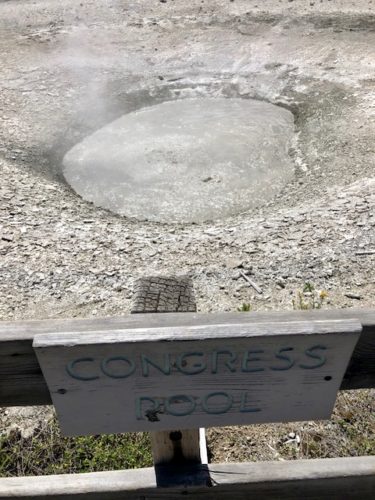









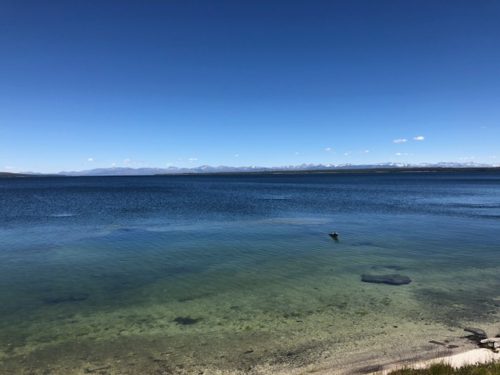 but a variety of geothermal pools emptying into it and percolating underneath it.
but a variety of geothermal pools emptying into it and percolating underneath it.






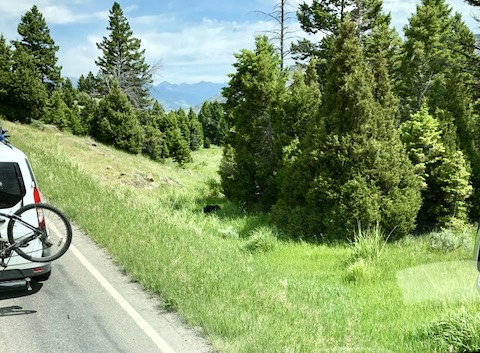

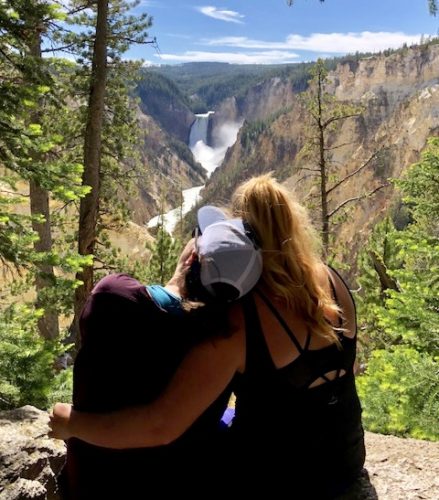
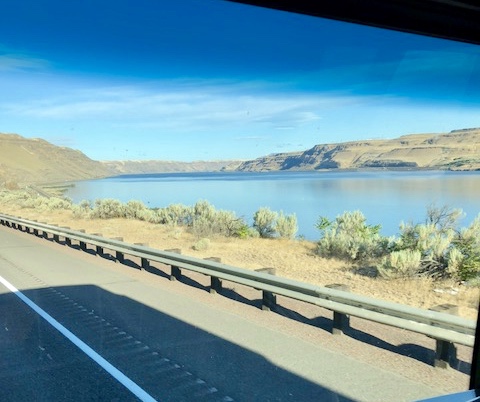
 After all the paperwork and dealer prep, I was back on the road back to Montana Thursday morning.
After all the paperwork and dealer prep, I was back on the road back to Montana Thursday morning.  In the meantime, Ginny (plus Sting and Roxy) spent some quality time with Greg in Pullman, a big bonus for her since he couldn’t join us in Yellowstone as originally planned.
In the meantime, Ginny (plus Sting and Roxy) spent some quality time with Greg in Pullman, a big bonus for her since he couldn’t join us in Yellowstone as originally planned.
 She then resumed our itinerary without me by going to Livingston, MT to visit her uncle, Dick Dysart, and his utterly delightful wife, Priscilla. They’re a renaissance couple (they headed to France the day after Ginny’s visit). Coley joined them when she arrived Thursday.
She then resumed our itinerary without me by going to Livingston, MT to visit her uncle, Dick Dysart, and his utterly delightful wife, Priscilla. They’re a renaissance couple (they headed to France the day after Ginny’s visit). Coley joined them when she arrived Thursday. One of Dick’s life-long passions has been clocks.
One of Dick’s life-long passions has been clocks. 
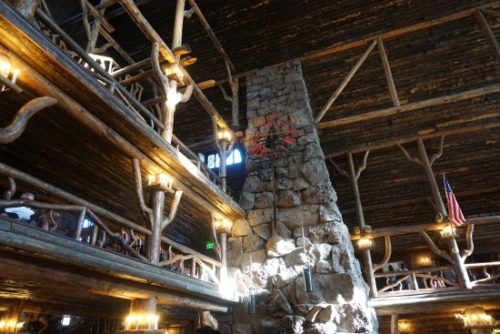
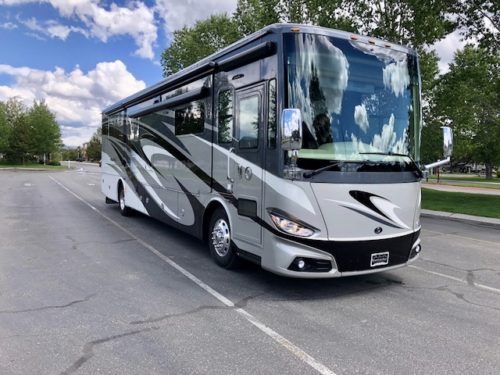












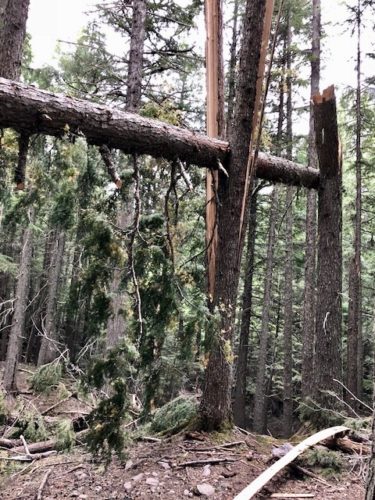

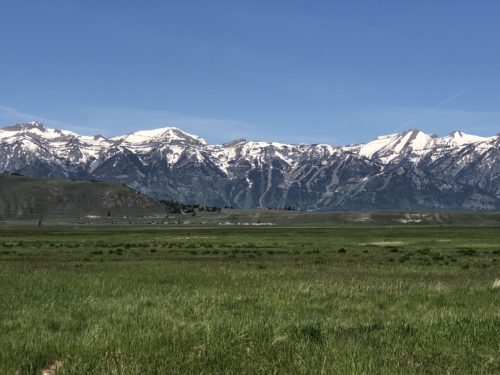

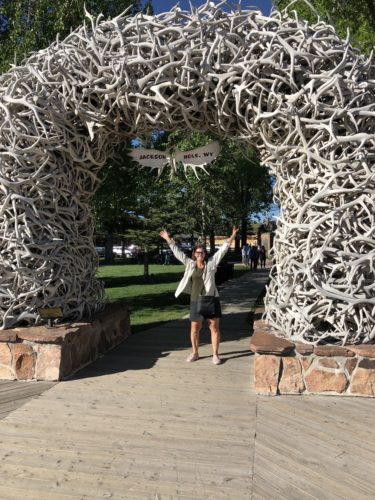 to tourist bars…
to tourist bars…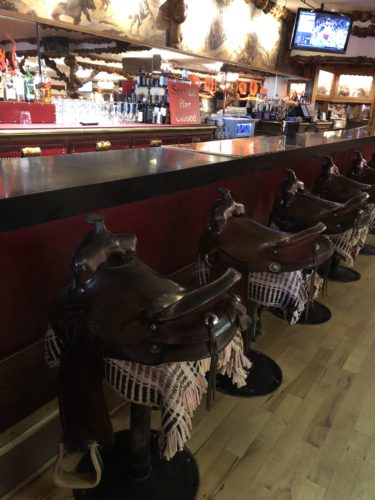 to a municipal softball field with its own Green Monster. The little ski mountain literally abuts the street grid in downtown Jackson – imagine being able to ski on your lunch hour!
to a municipal softball field with its own Green Monster. The little ski mountain literally abuts the street grid in downtown Jackson – imagine being able to ski on your lunch hour!











